Eyes, JAPAN
How AI could Manage Industrial By-products into Insect Feed – The Food of the Future
Tom
Have you ever thought about insects as the sustainable food source of tomorrow? While it might sound unusual for most Western people, insects such as mealworms and crickets are already a recognized protein alternative globally. Recently, Artificial Intelligence (AI) is playing a pivotal role in transforming industrial by-products into nutritious insect feed, revolutionizing the entire food production ecosystem.
Why Insects?
- High Nutritional Value: Rich in proteins, vitamins, minerals, and healthy fats.
- Resource Efficiency: Requires minimal water, space, and generates significantly fewer greenhouse gases compared to livestock farming.
- Rapid Reproduction: Insects multiply quickly, making their farming highly scalable and efficient.
Despite their potential, traditional insect farming methods face logistical challenges—primarily ensuring optimal nutrition and consistent quality of insect feed. This is precisely where AI steps in.
From Waste to Nutrient-rich Feed: AI at Work
1. Advanced Sorting with Machine Vision
AI-powered machine vision systems meticulously analyze various industrial by-products, identifying their suitability for insect feed based on nutritional content and absence of contaminants. This ensures that only optimal materials enter the insect feeding process.
2. Predictive Nutrition Analysis through Machine Learning
AI-driven models predict the nutritional value (protein, fats, vitamins, and minerals) of by-products. Technologies like infrared and fluorescence spectroscopy rapidly assess chemical compositions, while machine learning algorithms pinpoint nutritional imbalances or contaminants in real-time. This ensures the formulation of highly tailored diets for insect populations.
3. Optimizing Feed Formulation
Based on the AI-driven nutritional profiling, diets are precisely optimized for insects like Tenebrio molitor (mealworms). These diets maximize growth rates and nutritional quality, significantly enhancing efficiency and yield compared to traditional feed methods.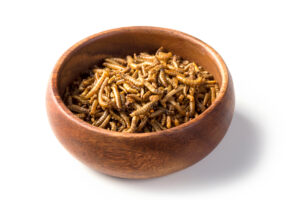
The Circular Economy: Closing the Loop with AI and Insects
- Reduced Waste: Industrial by-products are no longer discarded; instead, they’re converted into valuable, high-quality protein.
- Environmental Benefits: Decreased reliance on land, water, and traditional agriculture lowers greenhouse gas emissions dramatically.
- Economic Efficiency: Lower waste management costs coupled with optimized nutrient conversion significantly boosts profitability.
- Secondary Benefits: Beyond protein, insect farming generates biofertilizers from insect excrement (frass), further enhancing agricultural productivity and sustainability.
A Technological Revolution for Future Food Security
AI-driven insect farming is more than just a futuristic idea—it’s a practical solution addressing critical issues like food waste, sustainability, and food security. By harnessing the power of artificial intelligence, we’re not only producing high-quality protein efficiently but also setting the stage for a resilient and sustainable food system capable of supporting future generations.
As unusual as it might seem, insects powered by AI-managed diets could soon be a staple of global nutrition and help to solve one of the biggest challenges of our world today!
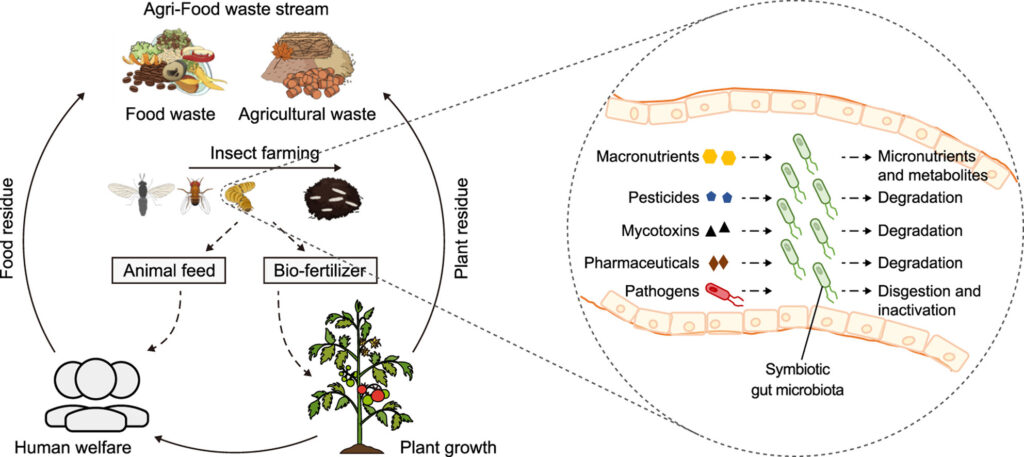
 2025/12/12
2025/12/12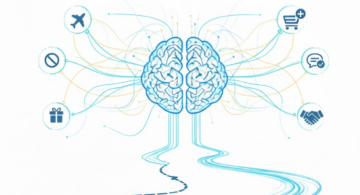 2025/12/07
2025/12/07 2025/11/06
2025/11/06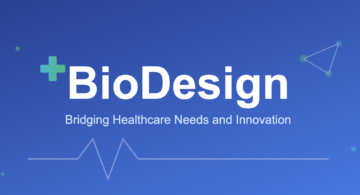 2025/10/31
2025/10/31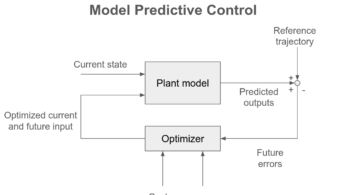 2025/10/24
2025/10/24 2025/10/03
2025/10/03 2025/08/30
2025/08/30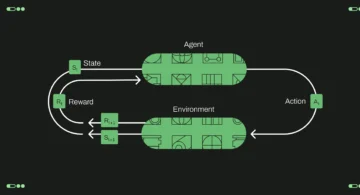 2025/08/22
2025/08/22